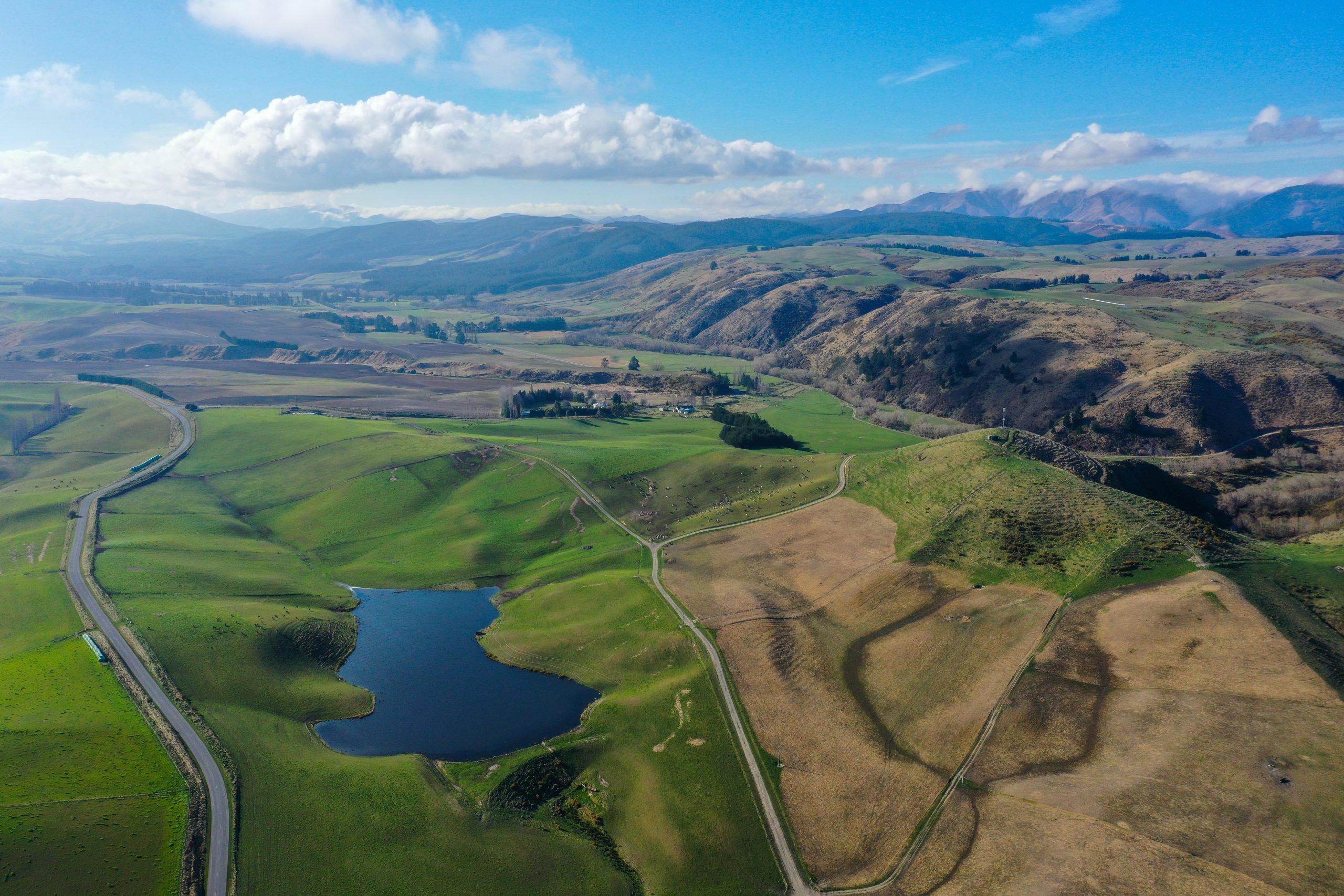Fewer cows, more fert in the Netherlands
Sjoerd Hofstee reports.

For years, the Netherlands had an exceptional position in the European Union. Where almost all other countries were allowed to apply 170kg of nitrogen (N) from animal manure, the Netherlands could go up to 250kg. This expires in 2026. The result is likely fewer cows and more fertiliser use.
IN 2023, A DUTCH DAIRY farmer may apply a total of 345kg of nitrogen to a hectare of grassland, if this is clay soil and is used for grazing.
Dairy farmers who have their grass growing on sandy or peat soil may apply lower doses. The maximum then varies from 265kg to 320kg of total N per hectare per year. If silage maize, for example, is grown for animal feed, only 140kg N is permitted.
Until last year, dairy farmers on clay soil were allowed to apply up to 250kg N from animal manure. On sandy soil that was 230kg. It has been calculated that 45% of the N from animal manure actually acts as pure/effective nitrogen on pasture land. 250 x 0.45 = 112.5kg N. A dairy farmer on clay soil may apply 345–112.5 = 232.5kg of pure nitrogen from artificial fertiliser on a hectare of grassland on which he grazes cows. On sandy or peat soil, the limit is 150kg N.
Because the Netherlands achieved clearly higher yields per hectare than the European average, it remained in an exceptional position for 30 years – 250kg N from animal manure could be applied instead of the EU standard of 170kg.
However, the EU has determined water quality in the Netherlands is not good enough in various places. After long wrangling, this has resulted in a maximum 170kg N from animal manure also applying in the Netherlands from 2026. In practice, this probably means fewer cows and more artificial fertiliser.
For example, with 250kg N from animal manure a farmer can keep about 2.5 adult dairy cows per hectare. Most dairy farmers also keep young stock, so there is still room for about 1.7 dairy cows.
With Dutch dairy farmers having to return to a maximum of 170kg N from animal manure (170 x 45% = 76.5 kilos of effective N from animal manure), they must have many more hectares to keep the same number of cows. At purchase prices of €60,000 (NZ$102,500) to €100,000 (NZ$170,000) per hectare, this is not a viable option for many. Some farmers will therefore keep less livestock.
First, fewer young stock, but then fewer dairy cows. In addition, dairy farmers will want to maintain the yield per hectare and, in many cases, supply more fertilizer for this purpose.
This is also why many Dutch dairy farmers have become so annoyed: the production of fertiliser is much more damaging to the environment and its use is stimulated rather than inhibited.
In addition, the water quality in most places in the Netherlands meets the European standards year after year, but in some places it does not.
Should all farmers bleed as a result? The answer is: yes.
Soon only Ireland and parts of Denmark will be allowed to keep more animals per hectare. For them, 230kg N from animal manure applies instead of the 170kg N EU standard. However, how long that will last is questionable. European politicians increasingly regard above-average concentrations of livestock farming as undesirable.
The loss of derogation, the exceptional position of being allowed to keep more animals per hectare than the EU standard, is a hard blow to the Dutch dairy sector. Especially because it comes on top of the nitrogen crisis that has been going on for four years.
The government has determined that Dutch livestock farming must reduce ammonia emissions by 50% in 2030 compared to 2018. This is to better protect and restore the various nature areas and biodiversity. Many dairy farms will have to make a huge switch: less or no more use of artificial fertilisers and concentrates and therefore probably much lower milk production. Others will leave the industry.
Last summer, the government announced that it would buy out livestock farms if voluntary buy-outs and other measures fail to deliver. However, a legal swamp of laws and regulations, combined with a lot of emotions, makes this process almost impossible. Anyone asking a Dutch livestock farmer what the nitrogen crisis entails will probably not get a clear answer.
What is clear is that the government intends to continue with its plans. The voluntary buyout is proceeding slowly. Of the nearly 25,000 livestock farmers in the Netherlands (more than 15,000 dairy farmers, in addition to pig, poultry and beef farmers), more than 1000 have registered for voluntary buy-out in the past three years. These are mainly farmers without successors or farmers who are located close to a nature reserve and choose to cut their losses. Only 20 have so far reached an agreement with the government.
The Netherlands is a small but rich and fertile country with an enormously high population density, both in terms of people and livestock. That requires space, and livestock farming is losing the battle.





